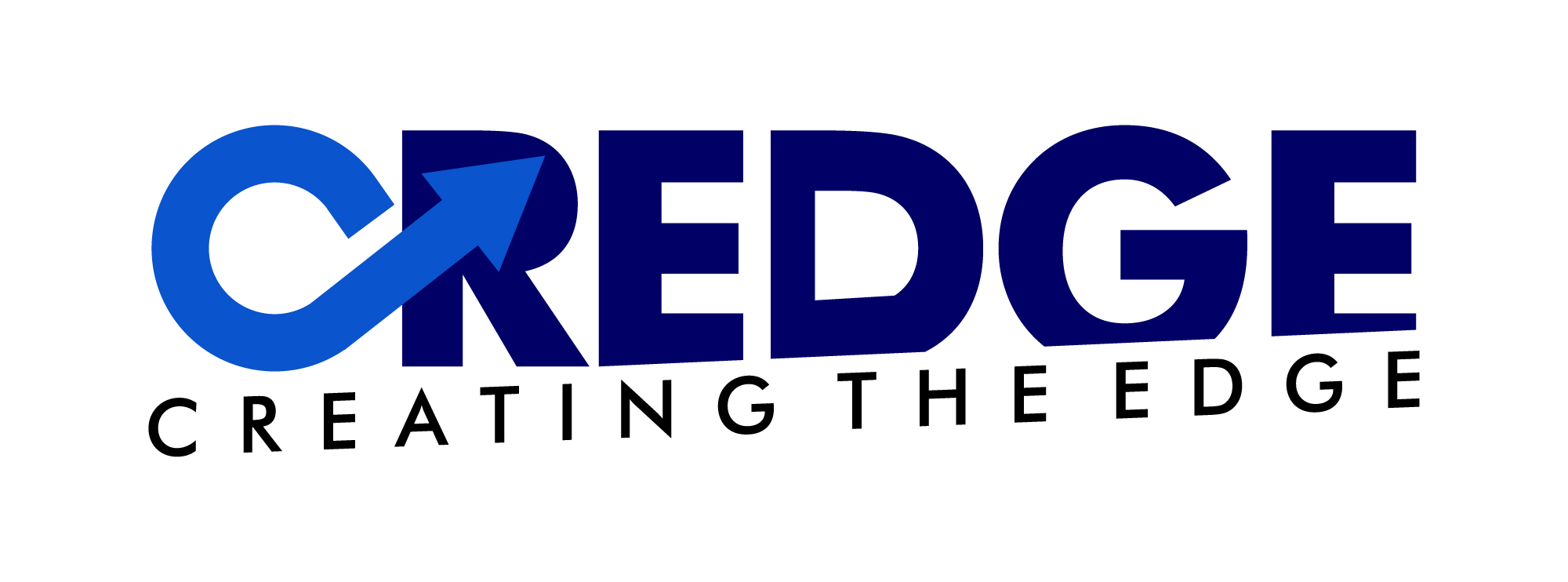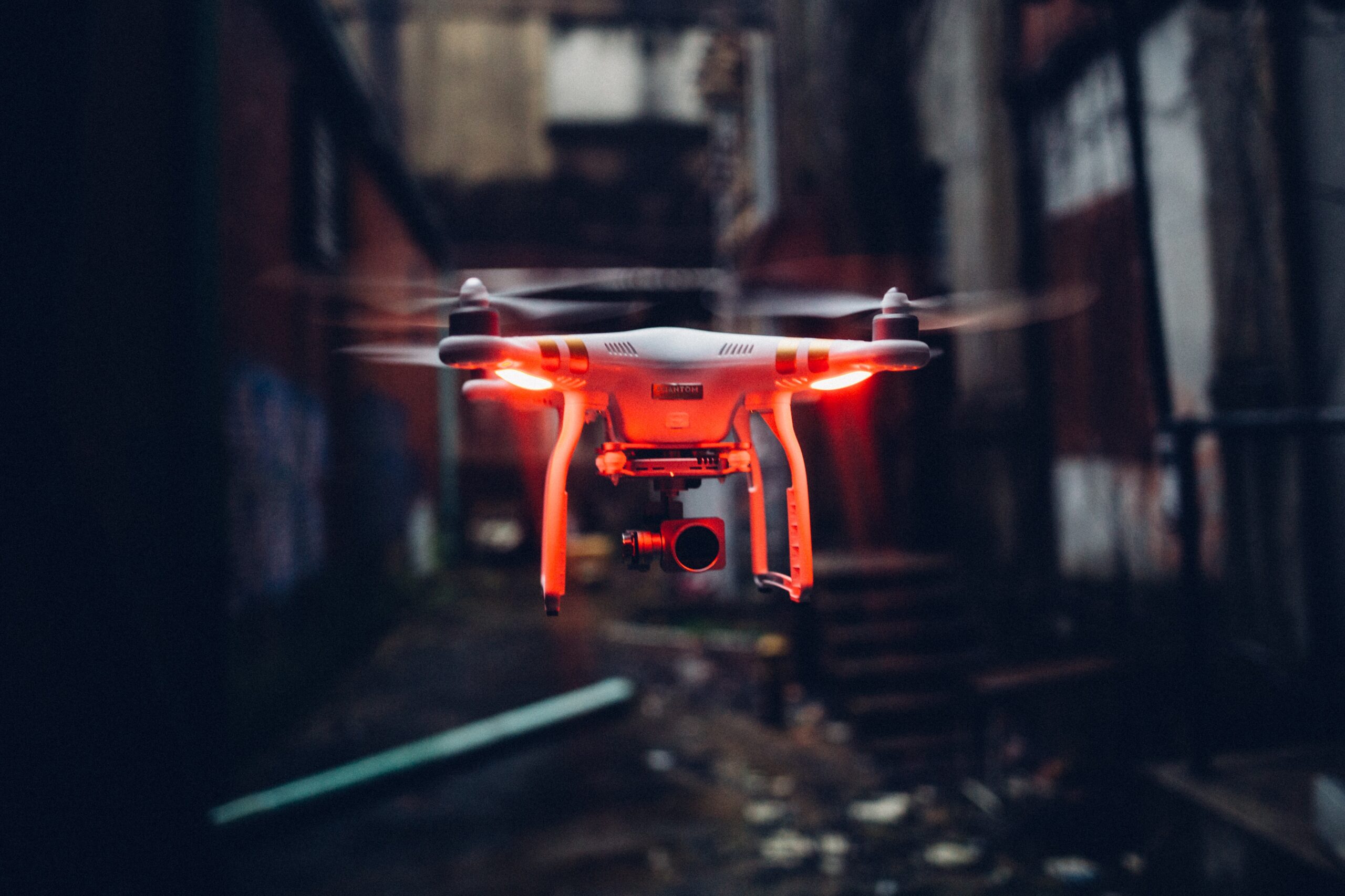Who doesn’t like making predictions? From Predicting match wins to forecasting return on investment. We are quite used to making predictions day in and day out. But do you know what goes behind these predictions? It’s nothing but data science and Machine learning. Yes, you heard that right! To make accurate predictions you need the help of Data mining, Data analysis, Data modeling along with other Machine learning techniques.
Any prediction no matter how big or small involves the analysis of the pre-existing data or the historical data. Based on the analysis made, predictive models are built using various statistical and Machine learning technologies. This art of making predictions is also called predictive analytics.
Sounds interesting? Then, keep reading because this blog will help you learn,
- How to perform predictive analytics?
- Common ML Models used for Predictive Analytics &
- The Benefits of Predictive analytics
How to perform the predictive analysis?
Step 1 – Establish the project’s outcomes, scope of work, and goals, as well as the data sets that will be employed for the predictive analysis. Let’s take an example of a retail brand. The prediction objective of this retail brand XXX is to estimate the overhead costs of business for the next quarter.
Step 2 – Collecting the relevant information that is required for performing the predictive analysis. This entails the use of historical or previous data from a trusted source to do predictive analysis. So, in our case of the retail brand, we will collect previous months’ expense reports and analyse what the overhead costs have been so far.
Step 3 – Clean the data so that there are only necessary and relevant data for the prediction. This process enriches the data. It involves deleting unnecessary and incorrect data along with the removal of duplicates and redundancies such that there are no inaccurate or faulty predictions. For example – While collecting data for overhead costs, one might come across wrong values or irrelevant reports, But by cleaning the data they can get rid of all such issues and have the relevant data only.
Step 4 – Exploring the data – this process is a way of summarising the major attributes of data sets by evaluating and exploring them. In this step, the data scientists will identify the trends, patterns and anomalies within the data using data visualization techniques. And, this step majorly helps to unravel valuable insights from the data. For example., By exploring the expense data one can estimate the variations and differences in the overhead expenses over a period of time.
Step 5 – Based on the inferences made by exploring data, choose a predictive model or build your own predictive model from scratch. These predictive models are built using various ML algorithms like Classification, Regression or Clustering algorithms.
Step 6 Evaluate the accuracy and the effectiveness of the predictive model by testing it multiple times using different sets of data.
Step 7 -This is the final step. Once the Predictive model passes the evaluation test, it is ready to be deployed in real-time projects to make the most accurate predictions.
Top 6 Prediction Models
Predictive analytics thrive with the right selection of machine learning models. Here’s a list of 6 effective models you can consider to make on-point predictions.
1. Classification Model
This is one of the most widely used predictive models with a very simplistic approach. As the name suggests, they enable the classification and categorization of data into discrete values. Classification models effectively predict the class or the category of the new data set.
2. Regression Model
Regression models are one of the most popular yet effective models involved in predictive analytics. They help to establish a correlation between the target variables and the independent variables. Regression analysis is one of the best ways to assess the effects of the relationship between target variables and thus it serves as the best tool to perform predictive analytics.
3. Cluster model
Cluster models enable prediction by grouping data based on similar attributes. They are majorly used in forecasting future behavior or results of a certain data cluster. Clusters are quite efficient predictive models to detect risks and identify trend patterns.
4. Forecast model
Forecast models are the most popularly used models in predictive analytics. They are most effective in crunching numbers like estimating sales figures, income predictions and a lot more. This aspect makes it the best and most preferred choice in sales and marketing domains.
5. Outlier model
Outliers are data points that differ drastically from the given set of data and The outliers model focuses on these outliers and the data entries that don’t fit into the nominal range within the data set. As this predictive model helps to estimate anomalies and outliers in the given data set, it is most likely used in Finance and Retail sectors for risk detection and other applications.
6. Time Series Model
A time series is a collection of data observations that is captured by a system over a period of time. Hence, in this prediction model, the data points are analysed over a specific frame of time such that there is no random or intermittent data analysis.
What are the benefits of Predictive analytics?
Predictions and forecasts do come with their share of benefits and here’s a list of benefits that are not to be missed.
Get a competitive edge
Track the user behaviour.
Provide a better user experience
Design a new product or service
Tap into better opportunities
Minimise expenses and costs
Assess risks and lower those risks
Streamline processes and operations
Stay up to date with trends.
Conclusion
Predictive analytics holds immense potential across various industries and this is not going to change any time soon. Like any other analytical method, predictive analytics can be time-consuming and intensive. However, the amount of benefits it brings to the table is unparalleled. By implementing Predictions and forecasts, many companies have scaled their business to a whole new level. Better predictions equal better opportunities!
Hope you found this blog informative!
Are you looking to learn more about Data analytics? Then, don’t miss out on CrEdge’s Data analytics courses.

